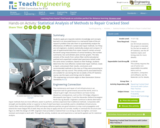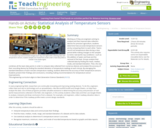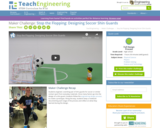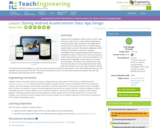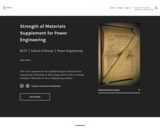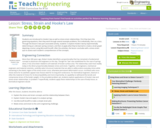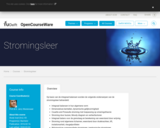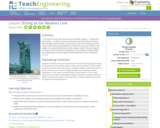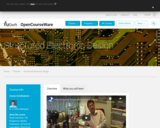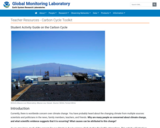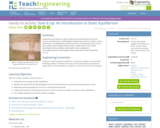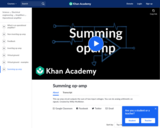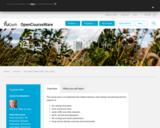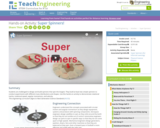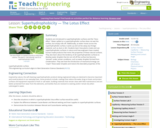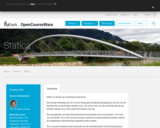
Statica is de leer van mechanisch evenwicht.
Een lichaam beweegt niet (of is in een éénparige rechtlijnige beweging) als de som van de krachten die op dat lichaam werken nul is. Als ook de som van de momenten die op dat lichaam werken nul is, dan roteert het lichaam ook niet.
De consequentie van deze twee evenwichtsvoorwaarden (som van krachten =0 en som van momenten =0), is dat voor een lichaam waarop een aantal bekende krachten werken de (onbekende) reactiekrachten bepaald kunnen worden .
Dit is van groot belang omdat de grootte van de reactiekrachten de dimensionering en materiaalkeuze van toe te passen componenten bepalen.
Binnen het vak “Statica” wordt in detail ingegaan op de verschillende mechanische belastingen, vaak voorkomende constructies en hoe te rekenen met de diverse belastingen.
- Subject:
- Engineering
- Physical Science
- Physics
- Material Type:
- Assessment
- Lecture
- Reading
- Provider:
- Delft University of Technology
- Provider Set:
- Delft University OpenCourseWare
- Author:
- Prof.dr. G.C.A.M. Janssen
- Date Added:
- 01/12/2021
